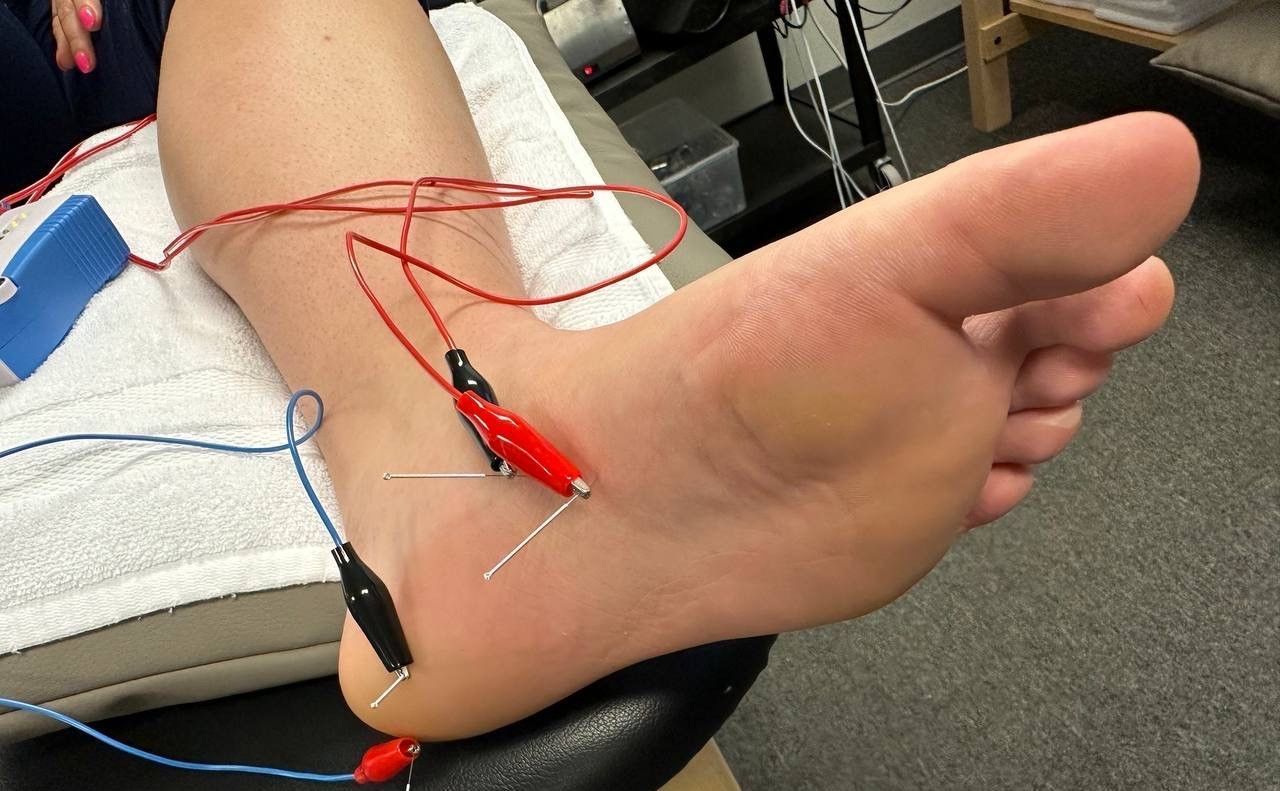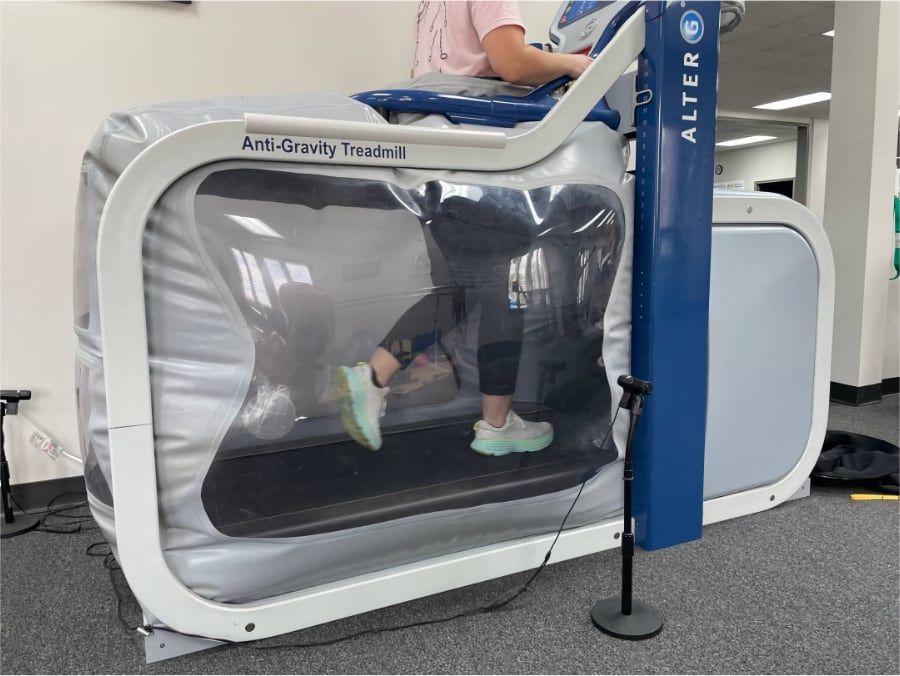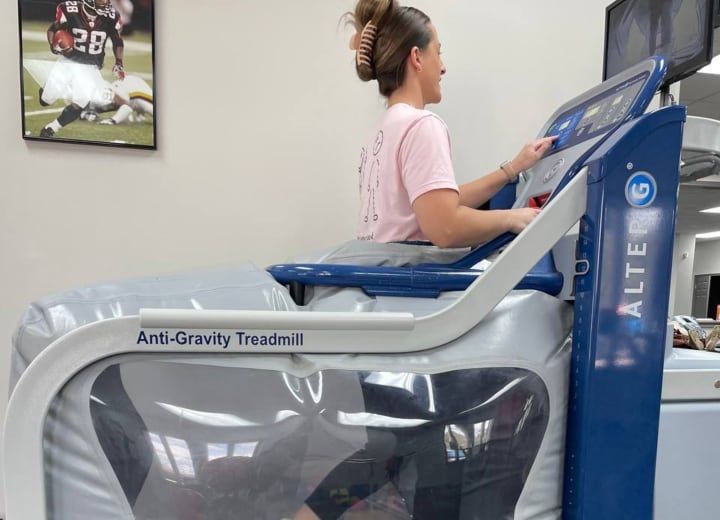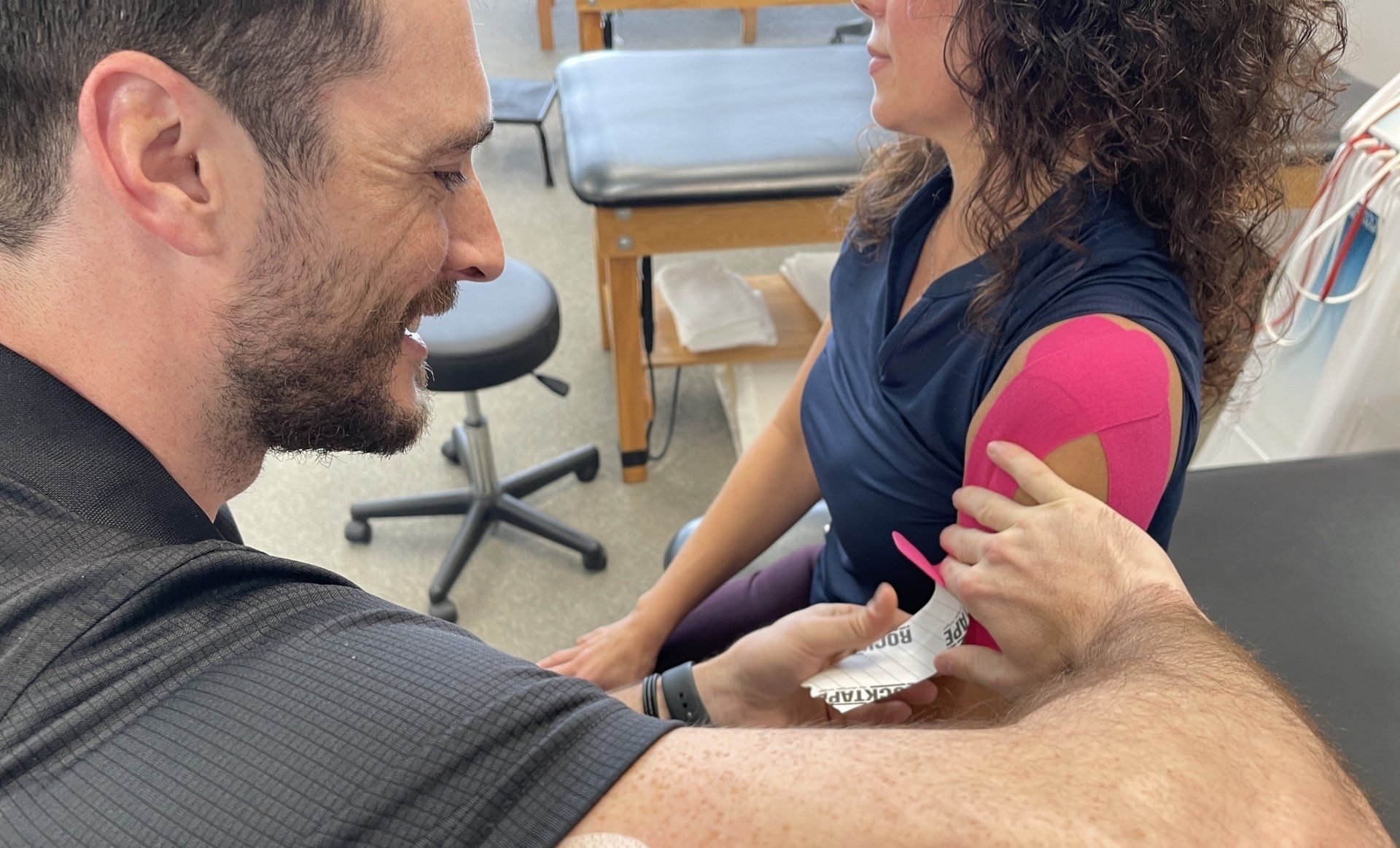Best Treatments for Plantar Fasciitis

Have you woken up with a sore heel, again? Or, did a sharp, stabbing pain surprise you as you took your first steps this morning? If so, you may have a condition called plantar fasciitis. Plantar fasciitis is an inflammation of the plantar fascia, a connective tissue that runs along the bottom of the foot.
While a stabbing pain here and there might be a sign that you have an overuse injury, one that continues and becomes chronic can become a real hindrance in your life and make you wonder what you can do to resolve it. Fortunately, physical therapists, like ours here at BIG Physical Therapy, can potentially provide a functional diagnosis and help treat this condition - which can help lead to a higher quality of life and less pain throughout the day.
What Is Plantar Fasciitis?
Stabbing pain in your foot isn't normal. If that pain is in your heel, then there is a common culprit that could be responsible for what you're feeling; the plantar fascia.
Plantar fasciitis is an inflammatory condition. The plantar fascia connects the bottom of the heel bone to the toes. Unfortunately, it can become inflamed and cause pain when you try to walk. Normally, it causes stabbing pain along the bottom of the foot near the heel. This pain happens during the first few steps you take in the morning, but the pain can come and go as you sit, stand, and move throughout your day.
Fortunately, there are treatments for this condition, such as foot stretches, dry needling for plantar fasciitis, and mobility and strengthening techniques.
Common Causes of Plantar Fasciitis
The plantar fascia can be injured by tension and stress. Tension, stress, or both may lead to small tears in the tissue, which can lead to inflammation.
Some common risk factors for plantar fasciitis include:
- Age, since people between 40 and 60 are most likely to have this condition
- Floor mechanics, as those with flat or highly arched feet, might put unusual stress on the plantar fascia
- Obesity, which can place extra stress on the feet
- Some kinds of exercise, like long-distance running or acrobatics
- Standing for long hours at work or for other reasons
Right now, it's not clear why some people develop plantar fasciitis, but it is known that you're more likely to develop it if you are an avid runner or if you are overweight. Even if you can't identify the cause, our therapists can help you reduce or eliminate the pain you're dealing with.
Common Treatments for Plantar Fasciitis
Treatments for plantar fasciitis typically include rest, ice therapy, stretching exercises, and over-the-counter pain relievers such as ibuprofen. Orthotic inserts and supportive footwear can alleviate pressure on the foot, while physical therapy and night splints aid in stretching and strengthening the affected area. In severe cases, corticosteroid injections or extracorporeal shock wave therapy may be recommended to reduce inflammation and promote healing.
When Should You Seek Treatment
If you ignore plantar fasciitis, you can have chronic heel pain that becomes severe. If you are having trouble walking or are noticing regular pain when you stand, walk, or get up onto your feet in the morning, it may be time to speak with your medical provider.
How Effective is Dry Needling for Plantar Fasciitis?
Dry needling is a technique that uses dry needles to puncture the skin and muscles. You might also know this kind of treatment by other names, such as trigger point dry needling or intramuscular manual therapy.
Dry needling hones in on the trigger points, which are taut bands of muscles within a large muscle group. These points can be sensitive to the touch and might lead to pain throughout parts of the body.
Physical therapists use dry needling to stimulate those trigger points, muscles, and connective tissues. By doing so, they can reach areas that they can't manually palpate.
Dry needling can be a fantastic way to address plantar fasciitis. In fact, the Fischer Institute reports that one study found that up to 75% of participants felt a significant reduction in their pain levels after going through dry needling sessions just three times. That being said, the total number of dry needling sessions needed may vary, and three sessions may not be enough to resolve the issue.
What to Expect
When you come to our clinic for your first round of dry needling, you should expect to see thin, filiform needles that we'll use to penetrate the skin and stimulate trigger points.
Our therapists wear the appropriate personal protective equipment (PPE) when dry needling. The needles used are always sterile, and they are disposed of after use.
Dry needling is often used as a part of a treatment plan. It may be used to help reduce or relieve pain, or it could be used to help improve your range of motion.
Post-Treatment Tips
After treatment, it's common to have a few side effects such as light muscle soreness or bruising. Bruises that develop could last up to a week.
Though they are rare, there is a risk of severe side effects. You should seek medical attention if you experience side effects like shortness of breath or significant bleeding.
Most people will not have many side effects. Drinking plenty of water and relaxing is helpful if you have soreness. You can also use Epsom salts or a warm bath to soothe the muscles.
The next time you see your physical therapist, they'll talk to you about your level of pain, how stiff your joint feels, and your range of motion. They will also palpate your trigger points to see if dry needling had a positive impact.
Dry needling sessions usually take place twice a week, but they may be spread out more or less depending on your condition.
At-Home Physical Therapy Exercises for Plantar Fasciitis
At-home exercises are essential in managing plantar fasciitis and promoting recovery. Simple stretches like calf stretches and plantar fascia stretches can help alleviate tension and improve flexibility in the foot and ankle. Rolling a frozen water bottle or tennis ball under the arch of the foot can provide relief by massaging the plantar fascia. Additionally, towel stretches, where you sit with legs extended and use a towel to pull your toes towards you, can enhance flexibility. These exercises should be done regularly to complement other treatments and prevent the condition from worsening.
Get Dry Needling at Back in the Game Physical Therapy
Dry needling is one of the treatments we offer at Back in the Game Physical Therapy. Our goal is to help you receive the dry needling for plantar fasciitis you need along with a solid treatment plan to help you get back on your feet without pain. Our staff of highly trained professionals is here and ready to help. Request an appointment today to get started.
About the Author
Melissa Albert
PT, DPT, Clinic Director
Specialties: Vestibular Rehabilitation
Certifications: Dry Needling and Spinal Manipulation
Location(s): Flowery Branch, GA
Contact
Request an appointment






